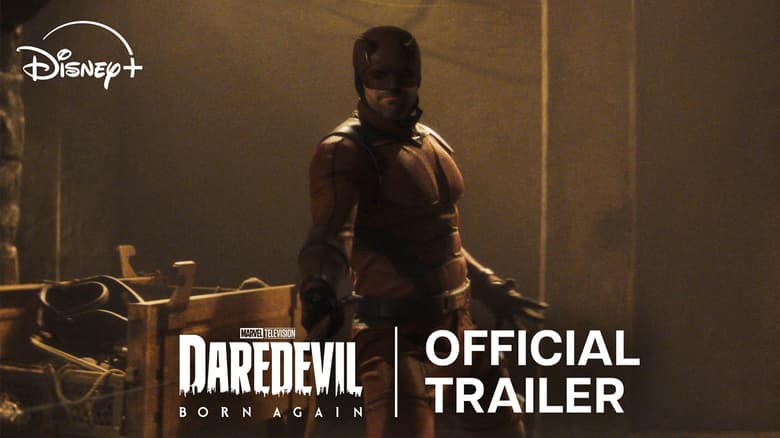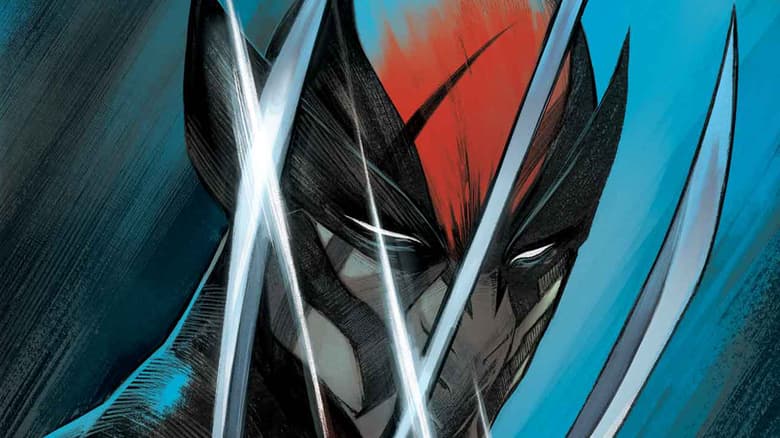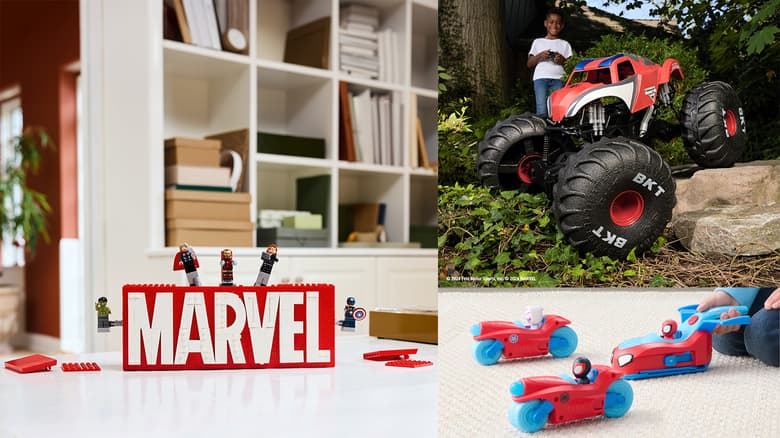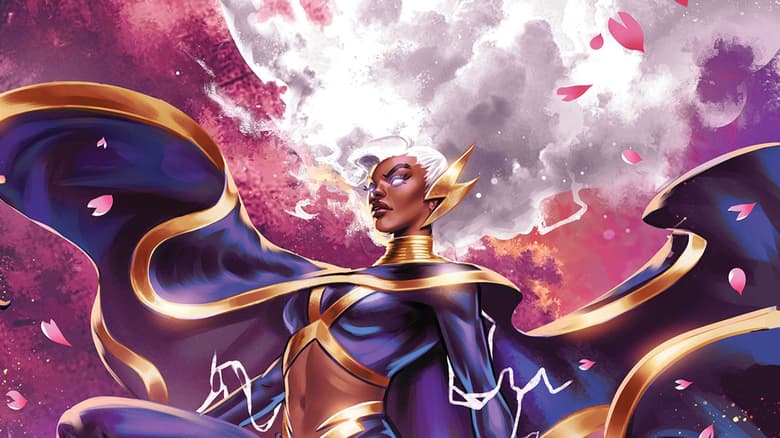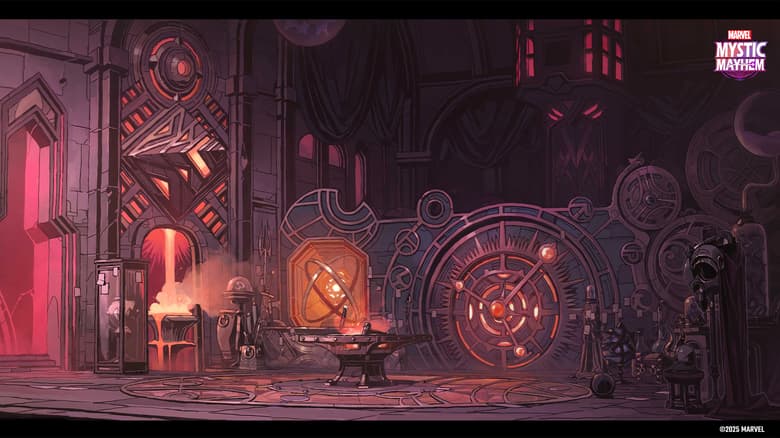VFX Supervisor Jake Morrison Tells the Special Effects Secrets Behind ‘Thor: Ragnarok’
Kirby Krackle comes to life!
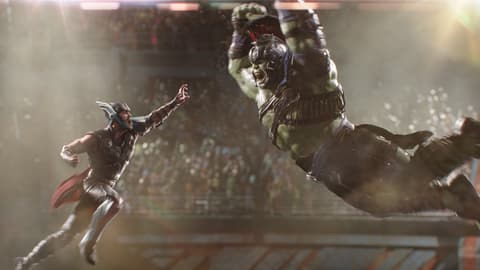
Director Taika Waititi has a vision for “Thor: Ragnarok” and the visual effects department are a huge part of helping him tell his story. With motion capture, advanced special effects, and more, technology is as much a part of the movie as the actors themselves.
Marvel.com spoke with VFX supervisor Jake Morrison about how he and his team brought the Asgardian battle story to life.
When asked which of the movie’s scenes or effects was the most challenging to create. “All of them,” the visual effects supervisor replied. “It’s literally one of the most involved pictures I have ever been on. It’s visual effects heavy. All Marvel pictures do rely on visual effects to help tell the stories. But this one is absolutely enormous. The scope of the picture and the amount of elements in it is incredible.”
Advancement in technology now allows for instantaneous feedback. For an actor, motion capture can enhance the performance, making the surreal into reality. When an actor puts on the marker suit, the images are streamed into the control room allowing operators to view the image, just as if an 8-foot tall Hulk was standing right before their eyes.
Morrison explains, “What that does is that allows us to frame the shots more accurately, so we know that what it will do at the end of the day.” Seeing as how Hulk is massive—as is his stride, “Where Mark Ruffalo takes 4 or 5 steps, those steps when they’re Hulk-size steps are actually like 3 times as far.” Technology allows the ability to feel as if the scene is seamless. Morrison describes how it’s done, “The operator actually will make the center point of the move—the end of it. So the operator, the camera approach, actually sees the Hulk 10-feet over that way and as Mark walks—we go through—we actually catch up with Mark and then we land at the final moment where we see him on mark, as Hulk. It’s pretty cool.”
The special effects team used tricks to put Ruffalo into a Hulk state of mind. Morrison recounted, “We got these cool tricks that we picked up over the years where he puts on this heavy hands thing that you use when you work out. So it makes his body a bit heavier for him. It slows down his motion a little bit.”
By setting up a virtual world, Ruffalo is able to view his performance in a mirror actually as the Hulk, “It’s amazing watching the transformation as he does each circuit of the room—gradually you see him loosen up and then he goes into a slight pose—and then he hunkers down and you can see him just watching the mirror as he’s going past. The character gets more and more Hulk and then after that—after you know a half an hour—he’s found the Hulk again.”
When it comes to Cate Blanchett carrying the weight of Hela’s headgear—technology has come a long way, “In the 80’s or 90’s you would actually have to put the big headdress on to know exactly what that looks like.” Morrison details, “The key is we base it upon Cate’s physical performance. The reason we got the motion capture stuff on her is we’re now recording literally like 120 samples per second of where her body is.”
This allows the actor to not have their motion restricted by the costume, “How her wrist moves or elbow moves or whatever. That’s all captured in the system. So if she does a pirouette or a turn or anything, actually the stuff you see her do here—we then have the option to make her costume behave in symphony with her action.”
“Thor: Ragnarok” is incredibly visual effects heavy. Morrison spoke about the huge influence that creator Jack Kirby had on the production, “The amazing thing about Jack Kirby is his artwork is dense. One of the anecdotes about Kirby is that he never erased anything.”
“So what that means is an incredible amount of light and dark and that means it’s a very thick frame.” Regarding bringing the Kirby Krackle to life, “If you look at the original Asgard there are these massive riffs in the sky like dimensional breaks, with a whole lot of pop all the way around them. What he’s doing is really just filling the frame. So for us what that means is we can be very dense with the visuals.”
These images helped give a Kirbyesque tone to the movie. “You’ve already seen what the Art Department had done with putting that into the buildings, but it also means we can add stuff into the sky,” said Morrison. “Any travel that we do, we can thicken things up a great deal because the original Kirby idea was not to start forward lines, but really just a lot of dynamic light and shade contrast.”
Fans will get to see the effects of the Kirby influence for themselves when “Thor Ragnarok” hits theaters in November. Get your tickets now for “Thor: Ragnarok” now!
Stay tuned to Marvel.com for the latest on “Thor: Ragnarok,” and follow @ThorOfficial on Twitter and like Thor’s official Facebook page!
The Hype Box
Can’t-miss news and updates from across the Marvel Universe!
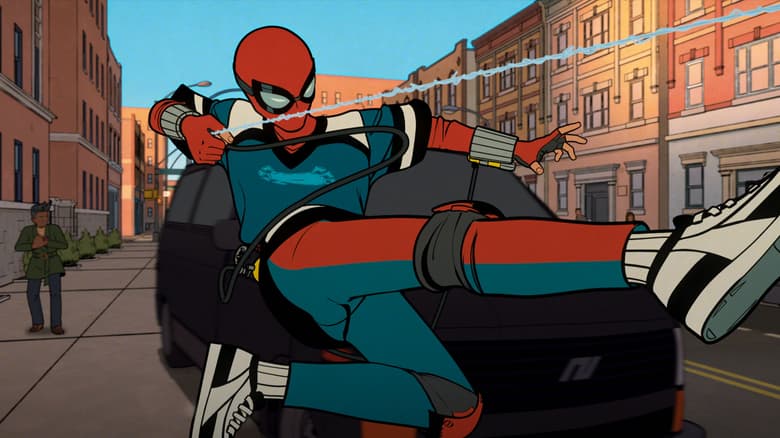
TV Shows
‘Your Friendly Neighborhood Spider-Man’ Swings into Action in New Trailer
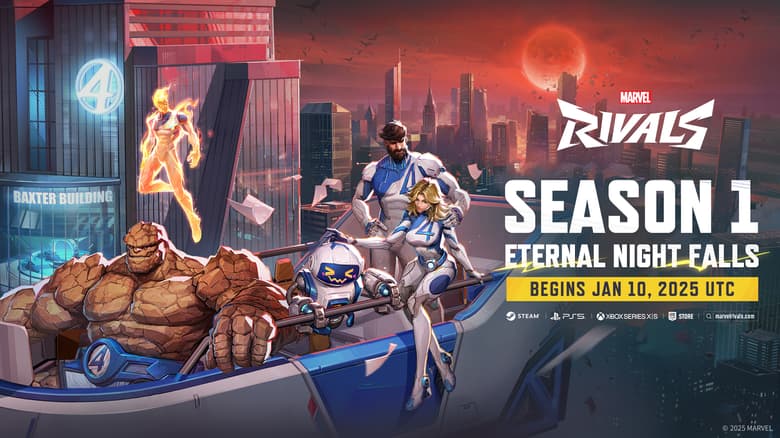
Games
'Marvel Rivals' Season 1 Introduces Fantastic Four to Ever-Expanding Roster of Heroes
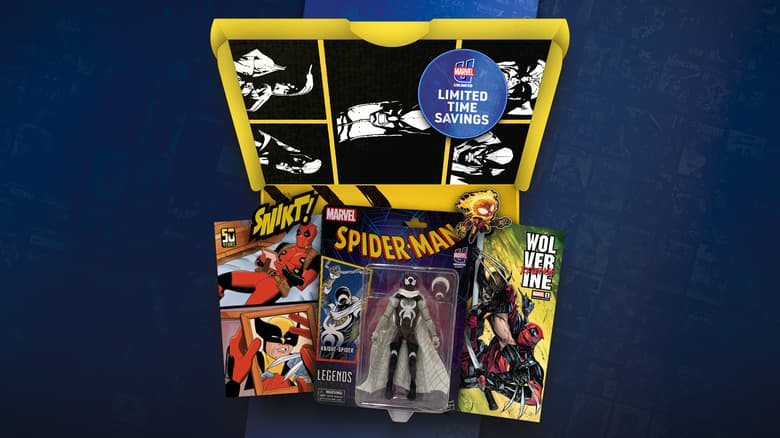
Comics
Marvel Unlimited Annual Plus Membership Slashes Price for New Sale


